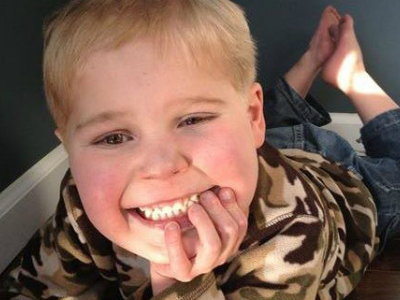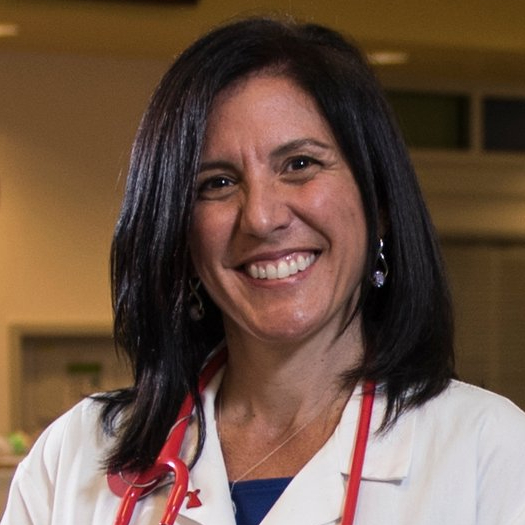
Ryan's Story

When she was 12 weeks pregnant, Leighann Marquiss went in for a routine ultrasound. She was told that the heart was developing outside of the body and she would likely miscarry. She was young and had two healthy girls at home, so the news that there was something wrong with her third pregnancy came as a shock. She was devastated. At 22 weeks, she was still pregnant, so she came to the Prenatal Pediatrics team (formerly known as the Fetal Medicine Institute) at Children’s National Hospital and was seen by prenatal cardiologist Mary Donofrio, M.D.
Though the prognosis was still grim, the Marquiss family decided to begin planning for the birth with the team at Children’s National. Her baby, a son named Ryan, had ectopia cordis, where the heart develops outside the body, as well as a serious congenital heart defect known as hypoplastic right heart syndrome, among other ailments. Although congenital heart disease is the most common birth defect, there are no documented cases of babies surviving with Ryan’s complex medical situation. If he survived birth at all, surgeons estimated he’d need several surgical procedures, including several catheters, just to survive his first few months of life.
But Ryan has survived, defying all odds. Through a carefully coordinated delivery, Ryan was delivered on February 19, 2009.
“He had no connection between his heart and his pulmonary arteries when he was born,” according to Richard Jonas, M.D., Chief of Cardiac Surgery.
Ryan was blue and had to be resuscitated by the cardiac anesthesiology; team immediately. He has had a series of procedures, including several heart catheterizations and an open-heart surgery. Dr. Donofrio says Ryan is the first patient to survive with such complex conditions.
Ryan spent the majority of his first year in the Cardiac Intensive Care Unit, and has had to have additional surgeries and catheterizations, and he still needs more surgery. The support of his family and the partnership with the team has been strong.
“Ryan has tremendously supportive parents, who’ve supported one another and Ryan, and our team as well,” explains Dr. Jonas. “When you work as a team, we try to provide family-centered care so that we’re helping our patients and their families.”
Despite his complex medical conditions, Ryan leads a fairly normal life, according to his family. His older sisters dote on him, and he loves playing with them, according to Leighann. “We try not to treat him any differently, but he is the baby.”

